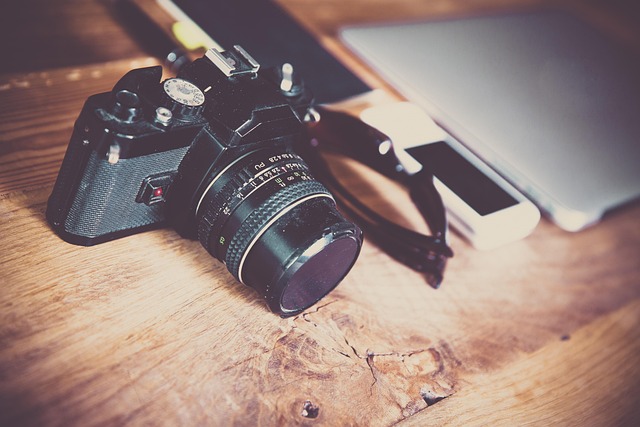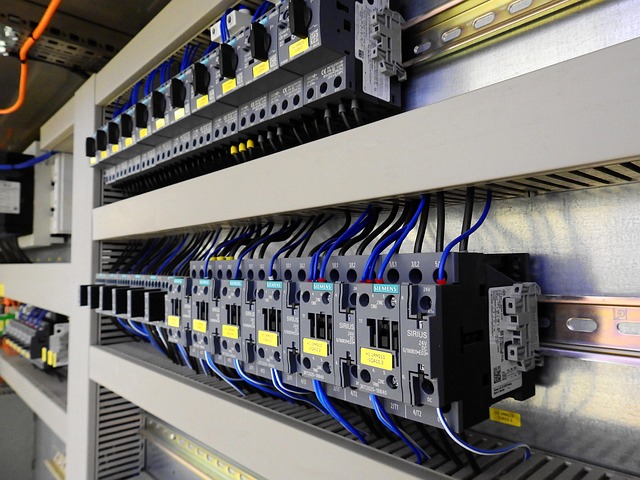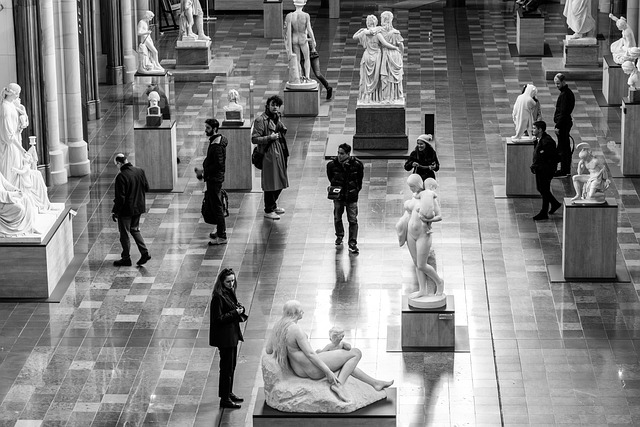The fusion of music and visuals creates an exhilarating experience, especially when it comes to live performances at festivals and concerts. One of the unsung heroes behind this electrifying combination is camera movement. It plays a pivotal role in how audiences connect with the energy of a performance, making them feel as if they are in the front row, feeling the bass thump in their chests.
In the ever-evolving entertainment industry, camera movement acts like a dynamic brush painting the high-octane atmosphere of a concert. Imagine a wide shot capturing a sea of fans swaying in unison, only to cut to a close-up of the artist pouring their soul into every note. The deliberate shifts in framing and perspective keep the viewer engaged, mirroring the emotional highs and lows that come with live music. This tactile experience transcends mere visuals; it’s an emotional journey that reflects the rhythm and beat of the live performance.
At music festivals, where the crowd’s energy is palpable, camera movement can be truly transformative. A stabilizing gimbal allows cinematographers to glide through the audience, pulling them into the action. With each sweeping motion, the fleeting moments of connection—exchanged smiles, ecstatic dance moves, and spontaneous sing-alongs—are immortalized, creating an authentic atmosphere that can only be captured by moving cameras. This kind of storytelling through movement not only boosts the entertainment value but also brings a deeper appreciation of the artists and their craft.
In cinema, filmmakers have long understood the significance of camera movement. When translating the magic of live music to the big screen, a finely-tuned approach to camera dynamics is essential. Dynamic close-ups of the artists juxtaposed with wide shots of the breathtaking stage create a compelling narrative that seamlessly blends sound and sight. The decisions made by directors and cinematographers can elevate a simple performance into a cinematic experience, where each frame carries the weight of the song’s message.
Moreover, the digital era has ushered in new techniques and tools that expand the horizons of camera movement in the music industry. Drones capture aerial views of millions in attendance, providing stunning visuals that reflect the scale and energy of an event. Meanwhile, innovative handheld approaches allow for a more intimate perspective, inviting viewers to share in the excitement of the moment. These advancements make it clear that camera movement is not just a technical element; it is a vital ingredient in creating a narrative that resonates long after the last note has played.
As fans, we often take for granted the seamless transitions we experience in a concert film or music video. Yet, behind the scenes, every pan, tilt, and zoom is meticulously crafted to enhance the story being told. The power of camera movement allows us to relive our favorite performances, harnessing not only the sound of the music but also the visuals that so vividly encapsulate the moment. The next time you attend a concert or watch a live stream, remember to appreciate the skill involved in camera movement; it’s the bridge that connects us to the music that moves us.


